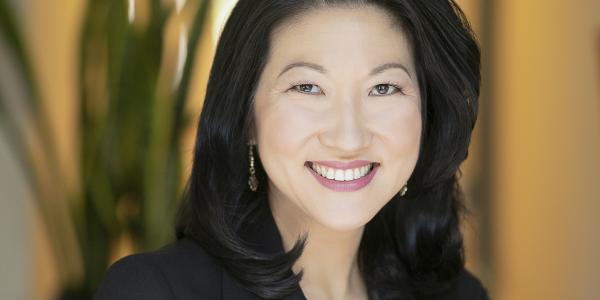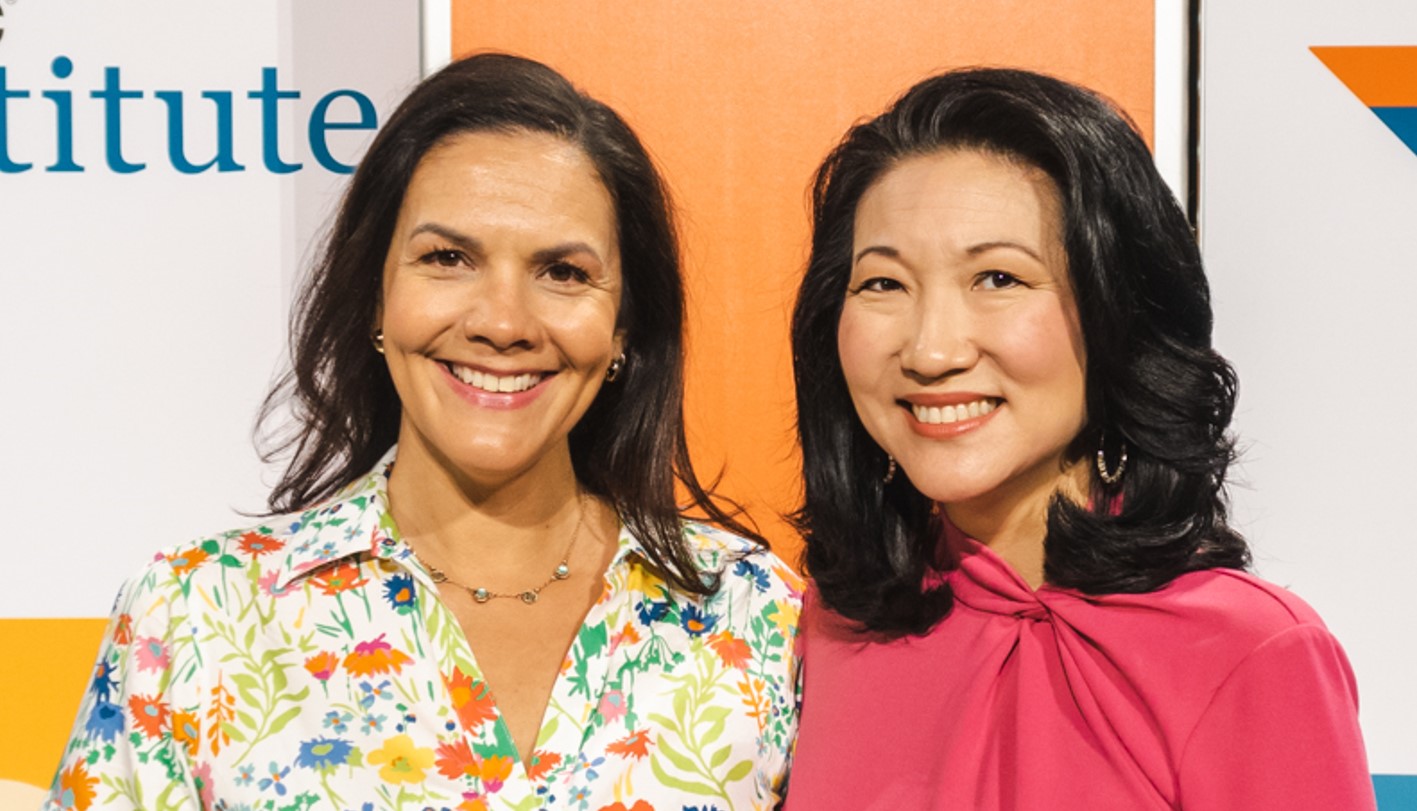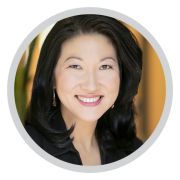Making Connections. Changing a Child’s Trajectory: The Role Educators Play in Social and Emotional Growth

You are here
During a recent break from college, my son came home to visit. As I worked from my home office one day, I looked out the window and watched him walking back and forth through our yard. This isn’t new behavior. Rather, it is the way my son, who has autism spectrum disorder (ASD), regulates his behavior and emotions.
My son’s walking has sometimes piqued the curiosity of our neighbors (they called one time to ask if he had lost his housekey). Yet his teachers understood the role it played in his self-regulation—a term I first learned when he was in preschool. They understood that by moving, my son was able to process his emotions, regulate his behavior, and function more effectively. Knowing that sitting still at circle time was a challenge, they intentionally created the opportunity for him to sit at the edge of the circle, so he could get up and move when needed.
This is just one example. When my son’s preschool teachers identified his sensitivity to noise, they offered possible solutions for him to find quiet spaces when he was overwhelmed. Their careful concern and consideration helped him learn how to identify his regulation needs and advocate for himself—strengths that are key now that he is a young adult.
Early childhood educators are trained to identify and interpret children’s actions. They can distill the meaning behind a behavior, then create activities and scaffolding to support or modify it. By sharing these strategies with families and learning what is working (and not working) at home, they build valuable, reciprocal relationships—a key part of developmentally appropriate practice. Our family was in constant communication with my son’s early learning teachers. It was through their observations and partnerships that I learned to make noise reduction headphones available whenever my son needed them (we called them ear protectors!). I kept a pair in my car, in my son’s snack bag, and in other places where he could have immediate access to the relief they provided for his hearing sensitivity.
We know from surveys and conversations that NAEYC members crave support and resources to help nurture children’s social and emotional development. You understand that the ways you interpret and respond to children as they grow in this domain impact their learning (and lifelong!) trajectories. That’s one reason our conferences, professional development offerings, and publications seek to address this area. For example,
- Our recent Public Policy Forum (held virtually in February) focused on creating a caring, equitable community of learners. Hundreds of attendees were able to hear practitioners, researchers, faculty members, and policymakers address the vital area of inclusion. We were particularly excited to partner with the Division for Early Childhood of the Council for Exceptional Children to highlight and embed content on advocating for and supporting inclusive care for children with disabilities and developmental delays.
- Our Professional Learning Institute, June 2–5 in New Orleans, Louisiana, will address this same theme of caring and community. We expect more than 2,000 attendees to engage in sessions on inclusion, family engagement, social and emotional development, guidance, and more.
- NAEYC Professional Development options include webinars on inclusive settings and supporting children with disabilities. We also offer online courses focused on supporting the learning and development of each and every child and on strengthening relationships with families.
- Our books and periodicals continue to highlight the latest theory/research and practical strategies related to social and emotional development. Besides this issue of Young Children, NAEYC recently published a revised edition of Spotlight on Young Children: Social and Emotional Development, which reflects recent advances in brain science and the field’s heightened recognition of children’s cultural contexts as central components of their social and emotional development. Additional journal articles include those in Young Children’s Spring 2021 cluster on Social and Emotional Development: For Our Youngest Learners and Beyond and “A Three-Step Approach: Promoting Young Children’s Self-Regulation and Language During Conflict” in the journal’s Fall 2022 issue.
Nurturing a child’s social and emotional growth is a journey.
Nurturing a child’s social and emotional growth is a journey. My family’s experiences of partnering with educators continues even now. But thanks to the foundation laid by my son’s early childhood teachers, we have the knowledge and tools we need to support him as we celebrate his many accomplishments and strengths.
* * *
 After two years as NAEYC’s president, Natalie Vega O’Neil’s term is ending. Her care, leadership, and willingness to share her personal story and expertise have inspired NAEYC members, staff, and our Governing Board.
After two years as NAEYC’s president, Natalie Vega O’Neil’s term is ending. Her care, leadership, and willingness to share her personal story and expertise have inspired NAEYC members, staff, and our Governing Board.
Natalie and I made history as “firsts” in our respective roles. I am NAEYC’s first Asian American CEO; Natalie is NAEYC’s first (but hopefully not last!) Latina president. This has been so important—for our Spanish-speaking members and for the overall organization. In her speaking and her writing, Natalie has elevated the call for early childhood educators to look at children of color and emergent multilingual learners from a strengths-based perspective. She has worked tirelessly to center educators’ and children’s voices and to advocate for equitable investments in early childhood education.
We will miss Natalie’s voice as NAEYC’s president, but we look forward to continuing our work alongside her. She has been an invaluable partner to the profession, and to me.
Photograph: NAEYC
Copyright © 2024 by the National Association for the Education of Young Children. See Permissions and Reprints online at NAEYC.org/resources/permissions.
Michelle Kang serves as NAEYC’s Chief Executive Officer.
